A Small Computer System Interface (SCSI) connector, also pounced as [scuzzy" connector, is used for physically connecting and transferring data between computers and peripheral devices.
SCSI is the small computer system interface, which is an independent processor standard used for the system level interface between computer and intelligent devices (hard disk, floppy, optical drive, printer, scanner, etc.). It is an intelligent universal interface standard, which has the function of communicating with various types of peripherals. SCSI uses the standard software interface of ASPI (SCSI programming interface) to make the driver communicate with the SCSI adapter installed inside the computer. SCSI interface is widely used in high-speed data transmission technology on minicomputers. SCSI interface has many advantages, such as wide application range, multitask, wide bandwidth, low CPU utilization, and hot plug.
SCSI connectors type and interfaces
Centronics 50-pin connector: The Centronics 50-pin connector was once the most widely used SCSI connector. An external connector only, the Centronics is a SCSI-1 connector that looks the same as the Centronics cable that attaches to a parallel port printer. The Centronics 50-pin cable comes in male and female styles, and gender changers and cable converters are commonly available. Although used on older SCSI devices and external drive enclosures, this interface is no longer heavily used, due to its slow speed and short cable lengths.
SCSI SFF 8482: Also called "4x internal" by some vendors. This is a connector with the same form factor as SATA with the addition of a "bump" to key it specifically for SAS. (SATA drives can be plugged into SAS controllers, but SAS drives will not function with a SATA controller; hence, the necessity for the key bump on the connector.) As the name says, it's meant to be used internally, i.e., inside the computer case.
SCSI SFF 8484: Also called "32-pin" or "MultiLane". This is a high density connector usually intended to plug into the motherboard, controller, or backplane itself. Cables with this connector on one end usually have four individual SFF 8482 connectors on the other. Scsi Connector,Half Pitch Scsi Connectors,Scsi Lead Half Pitch Male,SCSI (SAS) Connectors,Female Scsi Connector,SCSI Connectors I/O Connectors,Manufacturers and Suppliers in China ShenZhen Antenk Electronics Co,Ltd , https://www.antenkwire.com
 Functional Characteristics
(Subject to product acknowledgement)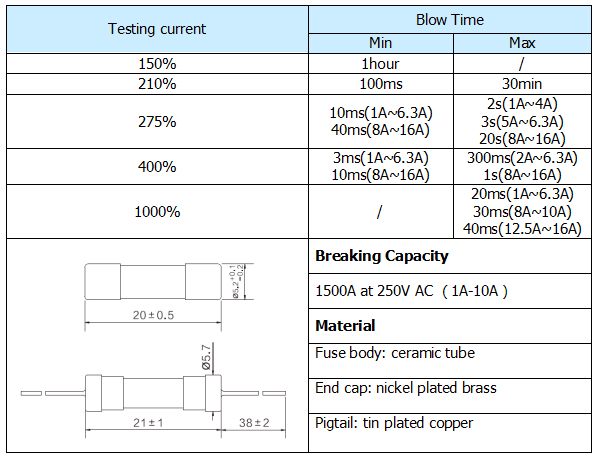
 Approvals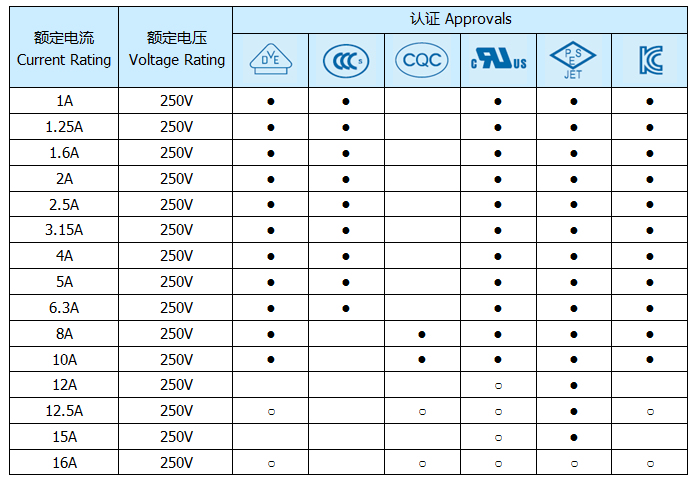
Company profile
XC Electronics(Shenzhen) Co., Ltd. was founded in 1996, located in Shenzhen, China. We produce and sale a full range of fuse tubes, blade fuses, fuse holders, KSD series thermostats, Car thermostats and ect.
 We have a factory area of 15000 square meters, more than 600 employees, and all kinds of production testing equipments, annual production capacity reach 1.5 billion pieces. The company passed the ISO9001:2000 quality system certification in 2004, and has got the "CCC", "CQC", "TUV", "VDE", "UL", "UR", "CSA", "PSE", "KC" product safety certifications. At the same time we meet the requirements of RoHS, we passed the TS16949 certification in 2009, passed the ISO14000 certification in 2011 and accessed national high-tech enterprise certification in 2013.
  Since the establishment of company, we have established long-term cooperation relationships with many famous enterprises, such as Samsung, ACBEL, Glanze, Greatwall, Hisense, LG, Mideal, Motorala, Panasonic, Philips, ROHM, Skyworth, Bosch, etc.Â
Factory photo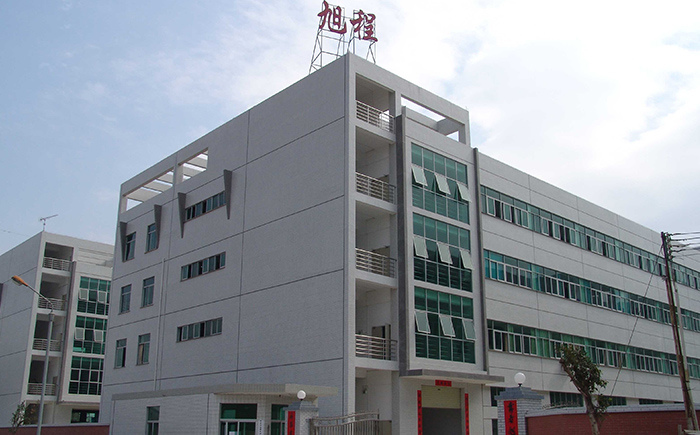
Production workshop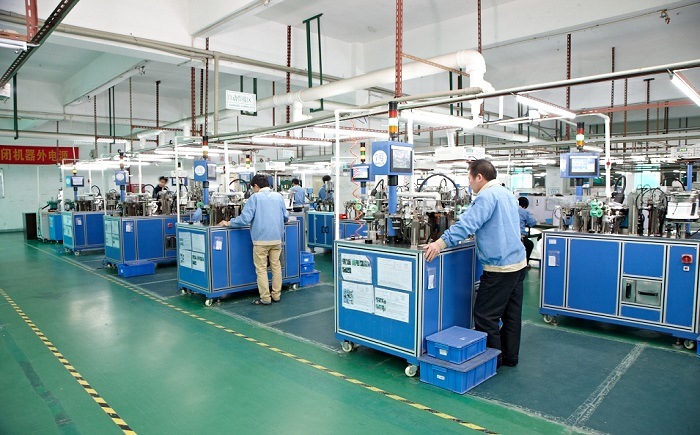
VDE Registered Manufacturer's Laboratory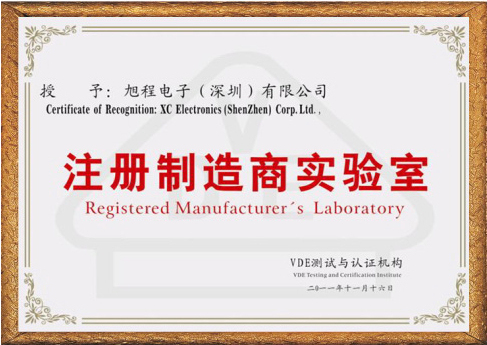
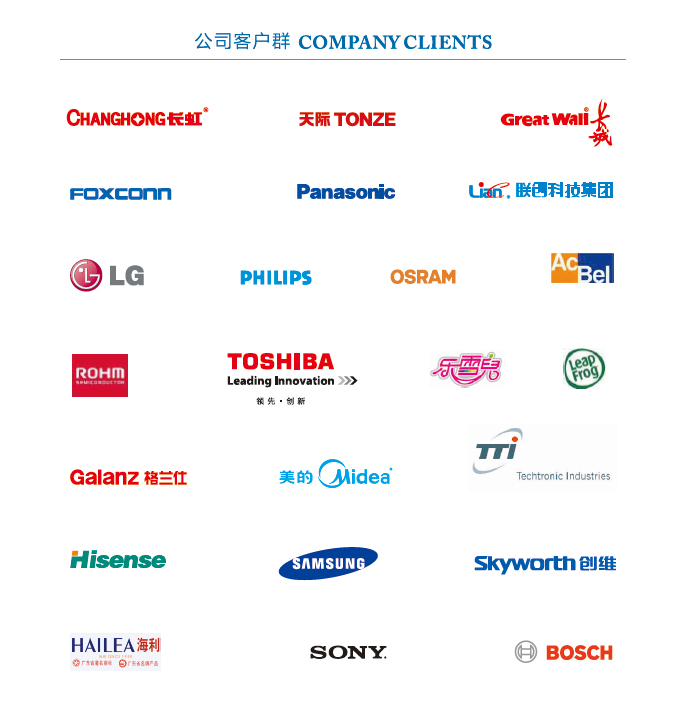
Â
High-density 50-pin connector: The high-density 50-pin connector is used on scanners and Jaz drives. It is one of the more common SCSI connectors and is usually used to connect SCSI-2 devices. Both ends of the cable are usually 50-pin male, while the sockets on the host adapter and external devices are 50-pin female.
DB 25-pin connector: The DB 25-pin or D Sub 25 is by far the most widely used connector. This connector is used for parallel and serial printers in addition to the many other devices available. Both ends of the cable are usually 25-pin male, while the sockets on the host adapter and external devices are 25-pin female. This cable is almost always an external connector.
Note: DB-25 SCSI CABLES are not compatible with and should not be used as serial or printer cables; serial cables and printer cables should not be used or attached to DB-25 SCSI adapters. You can short out the SCSI host adapter or the motherboard by using the wrong cable. Marking cables is the best way to avoid this.
IDC50 connector: The IDC50 is the most common internal SCSI connector. It is very similar to the standard IDE internal ribbon cable. The IDC50 SCSI cable is considerably wider then an IDE ribbon cable; in fact, it is usually the widest standard internal cable in use. This is a standard SCSI-2 10MBps internal SCSI cable. Many low-end cables have only two or three connectors, allowing for one or two devices to be attached to the cable. Seven-device cables are available, though they are often expensive and require a large case, as the cables may be four or five feet long.
High-density 68-pin connector: The high-density 68-pin connector is the SCSI connector of choice for SCSI-3 host adapters and peripherals. There is an internal ribbon cable version that looks very similar to the IDC50 connector. Many low-end cables have only two or three connectors, allowing for one or two devices to be attached to the cable. Seven-device cables are available, though they are often very expensive and require a large case, as the cables may be three or more feet long. Both ends of the external cable are usually 68-pin male, while the sockets on the host adapter and external devices are 68-pin female.
SCA 80-pin Micro-Centronics connector: SCA stands for Single Connector Attachment, a type of disk drive connector that includes connection pins for the power cables as well as the data wires. A SCA connector uses an 80-pin plug and socket to connect peripherals. This connector combines power, data channel, and ID configuration for fast installation and removal. SCA connectors are typically found only on high-end SCSI hard disks. The SCA interface was designed to provide a standard connection for systems using drives that can be hot-swapped. SCA makes swapping SCSI hard drives much easier than with traditional SCSI cables, plugs, and sockets. An adapter enables SCA drives to fit into standard SCSI enclosures.
Serial Attached SCSI SFF 8470: Also called "4x external" by some vendors. This is simply a version of the SFF 8484 that's meant to be used with external (i.e., not located within the case) drives.
Model NO.: 5C
Standard: VDE
Certification: UL, VDE, PSE, Kc, CCC
Trademark: XC Fuse
Transport Package: Carton
Specification: 5.2*20
Origin: China
5C Fuse is one of our company products with high breaking capacit, fast blow and UL VDE certification. The parameters of this model are as follow:December 17, 2023